
Is a heating pad good for neck and shoulder pain?
Introduction
Neck and shoulder pain can be uncomfortable and disruptive, affecting daily activities and overall well-being. One effective method for alleviating this type of pain is using a heating pad. Heating pads provide therapeutic warmth and relaxation, helping to ease muscle tension, improve blood flow, and reduce discomfort. In this guide, we will explore the benefits of using a heating pad for neck and shoulder pain, discussing its effectiveness, safety considerations, and practical usage tips.
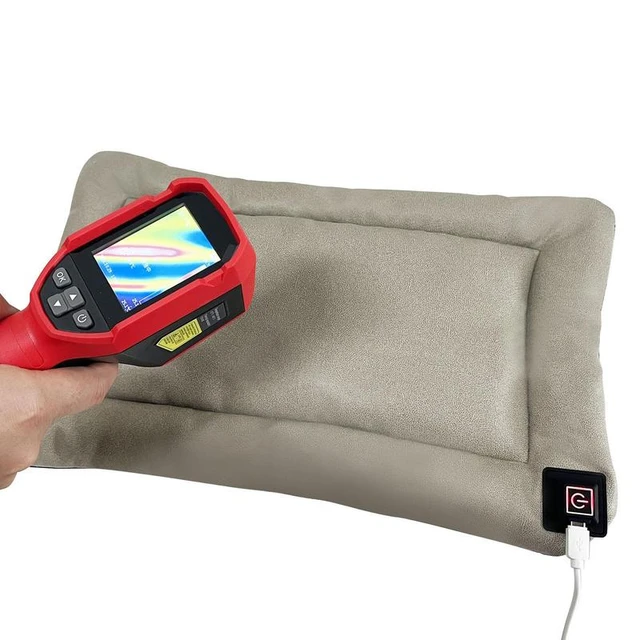
Is a heating pad good for neck and shoulder pain?
Relaxation and Muscle Relief
1.1. Overview
Applying heat to the neck and shoulder area with a heating pad promotes relaxation and helps relieve muscle tension, a common cause of pain and discomfort.
1.2. Benefits
Using a heating pad for neck and shoulder pain offers the following benefits:
Increased Blood Flow: Heat promotes vasodilation, which widens blood vessels and improves blood circulation. Enhanced blood flow delivers oxygen and nutrients to the affected muscles, promoting healing and relaxation.
Muscle Relaxation: Heat relaxes muscles by reducing muscle spasms and easing muscle stiffness. This can help alleviate pain and improve overall flexibility and range of motion.
Reduced Tension and Stress: Heat has a soothing effect on the body, helping to calm the mind and reduce stress levels. This can contribute to overall relaxation and a sense of well-being.
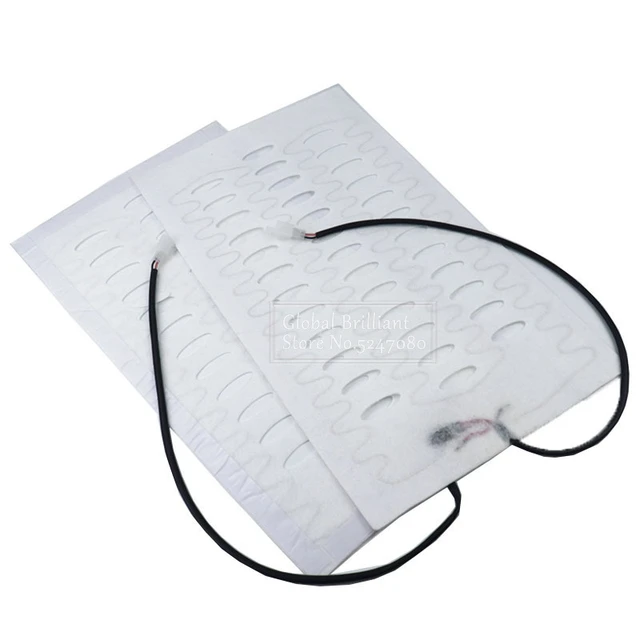
Improved Sleep: By promoting relaxation and reducing pain, using a heating pad before bedtime can improve sleep quality for individuals experiencing neck and shoulder pain.
Pain Relief and Comfort
2.1. Overview
Heating pads provide localized pain relief and comfort, making them a popular choice for individuals seeking non-invasive and drug-free pain management strategies.
2.2. Benefits
Using a heating pad for neck and shoulder pain offers the following pain relief and comfort benefits:
Alleviates Discomfort: Heat helps to block pain signals and reduce the perception of pain, providing temporary relief from neck and shoulder discomfort.
Soothes Aches and Stiffness: Applying heat to the affected area helps to relax muscles, soothe aches, and alleviate stiffness. This can improve mobility and enhance overall comfort.
Eases Chronic Pain: Individuals with chronic neck and shoulder pain often find that heat therapy provides long-term relief and improved quality of life.
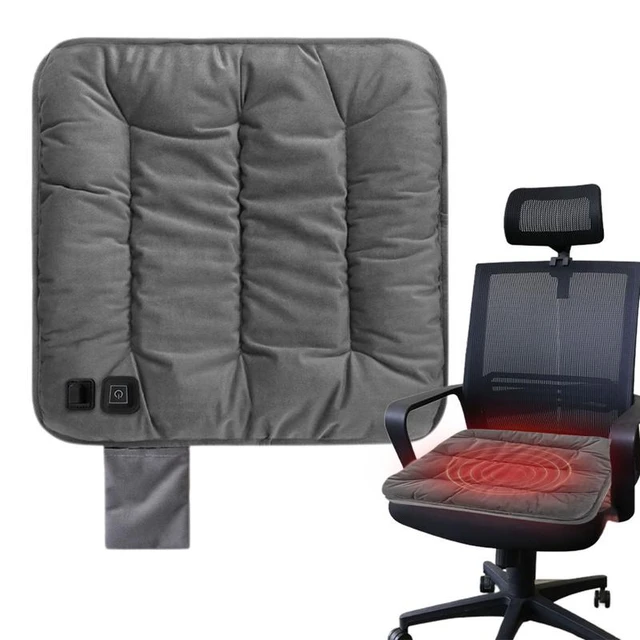
Non-Invasive Pain Management: Heating pads offer a non-invasive and drug-free approach to pain management, making them a safe and accessible option for individuals seeking natural remedies.
Versatility and Convenience
3.1. Overview
Heating pads are versatile and can be used in various settings, making them a convenient option for individuals with neck and shoulder pain.
3.2. Benefits
Using a heating pad for neck and shoulder pain offers the following versatility and convenience benefits:
Adjustable Heat Settings: Most heating pads feature adjustable temperature settings, allowing you to personalize the level of heat that provides the most relief. This flexibility ensures comfort and safety during use.
Targeted Application: Heating pads come in various sizes and shapes, making it easy to target specific areas of the neck and shoulders that are experiencing pain or discomfort.
Portable and Reusable: Many heating pads are portable and can be used at home, in the office, or while traveling. They are also reusable, providing cost-effective and sustainable pain management solutions.
Safety Considerations
4.1. Proper Usage and Supervision
When using a heating pad for neck and shoulder pain, it is important to follow these safety guidelines:
Time Limit: Limit each heating pad session to 15-20 minutes to avoid the risk of burns or skin damage.
Temperature Control: Always use the heating pad on the lowest comfortable temperature setting to prevent overheating or burns.
Supervision: Do not use a heating pad while sleeping or leave it unattended, as this can pose a fire hazard.
Check for Damage: Regularly inspect the heating pad for signs of wear or damage, and discontinue use if there are any issues with the electrical components or heating element.
Consult a Healthcare Professional: If you have any underlying medical conditions or concerns about using a heating pad, consult a healthcare professional for personalized advice and guidance.
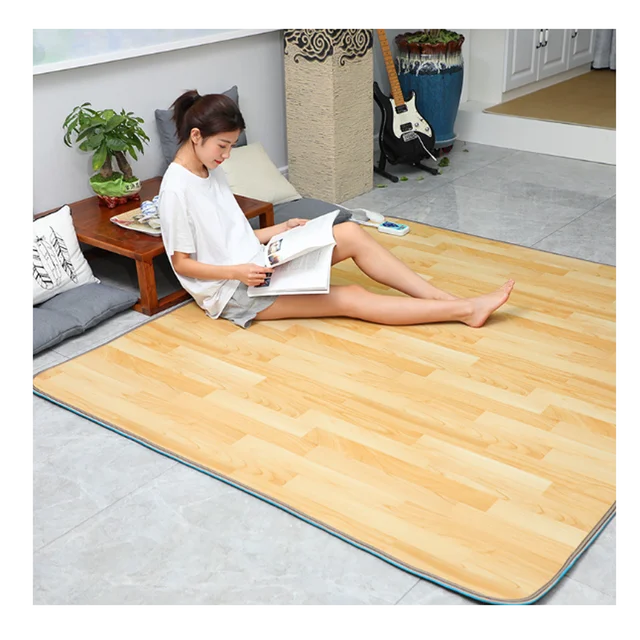
Practical Tips for Using a Heating Pad
5.1. Precautions
When using a heating pad for neck and shoulder pain, consider the following practical tips:
Moist Heat Application: For added moisture and comfort, consider using a moist heat pack or placing a damp cloth over the heating pad.
Proper Positioning: Position the heating pad on the affected area, ensuring that it covers the neck and shoulder region evenly.
Layer Protection: Place a thin cloth or towel between the heating pad and your skin to prevent direct contact and minimize the risk of burns or skin irritation.
Rest and Relaxation: While using a heating pad, take the opportunity to rest and practice deep breathing or other relaxation techniques to enhance the overall therapeutic experience.
Additional Pain Management Strategies
6.1. Complementary Therapies
Combining a heating pad with other complementary therapies can enhance the effectiveness of pain management strategies for neck and shoulder pain. Consider incorporating techniques such as stretching exercises, massage, acupuncture, or physical therapy to complement the benefits of using a heating pad.
6.2. Over-the-Counter Pain Relief
In some cases, using over-the-counter pain relief medications, such as non-steroidal anti-inflammatory drugs (NSAIDs), can complement the use of a heating pad for temporary relief from neck and shoulder pain. It is advisable to consult a healthcare professional before using any medications to ensure their appropriateness and safety for your specific condition.
6.3. Lifestyle Modifications
Making lifestyle modifications can have a positive impact on managing neck and shoulder pain. This includes maintaining good posture, practicing stress reduction techniques, incorporating regular exercise, and practicing relaxation techniques like deep breathing or meditation.
6.4. Consultation with Healthcare Professionals
If neck and shoulder pain persist or worsen despite using a heating pad and implementing other pain management strategies, it is important to consult a healthcare professional. They can assess your condition, provide a proper diagnosis, and recommend additional treatment options or therapies tailored to your specific needs.
Personal Preference and Individual Response
7.1. Personal Preference
The effectiveness of a heating pad for neck and shoulder pain can vary among individuals. Some individuals may find significant relief and benefits from using a heating pad, while others may prefer alternative pain management methods. It is important to consider personal preference and individual response when deciding whether a heating pad is worth it for your specific situation.
7.2. Trial and Observation
If you are unsure about the effectiveness of a heating pad for your neck and shoulder pain, consider conducting a trial period to observe its impact. Use the heating pad for a period of time and note any changes in pain levels, comfort, and overall well-being. This personal assessment can help determine whether the benefits of using a heating pad outweigh the investment and make it worth considering as part of your pain management routine.
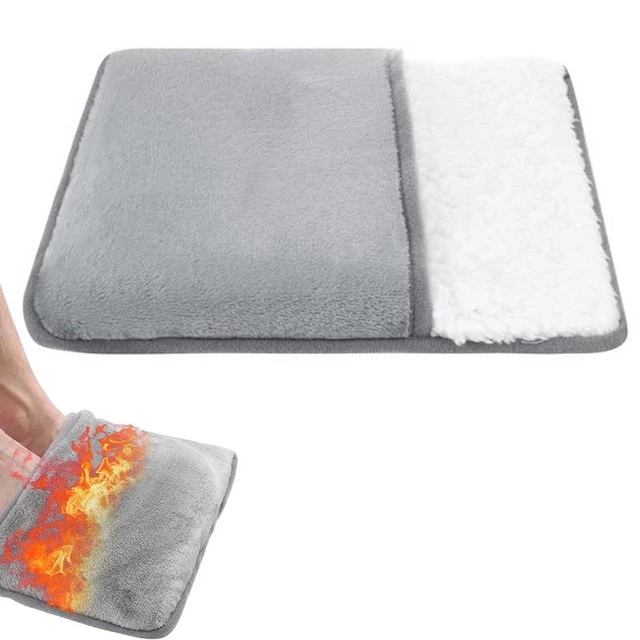
Conclusion
Using a heating pad for neck and shoulder pain offers numerous benefits, including relaxation, muscle relief, pain management, and convenience. By promoting blood flow, muscle relaxation, and reduced tension, heating pads provide effective relief and comfort. However, it is important to use heating pads safely, follow recommended usage guidelines, and consult healthcare professionals if needed. With proper precautions and practical tips, heating pads can be a valuable tool for managing neck and shoulder pain, helping individuals find relief and improve their overall well-being.




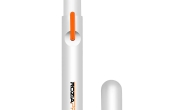
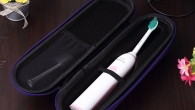
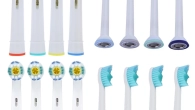
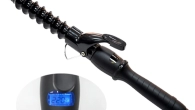

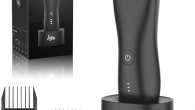

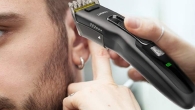
Leave a Reply
You must be logged in to post a comment.